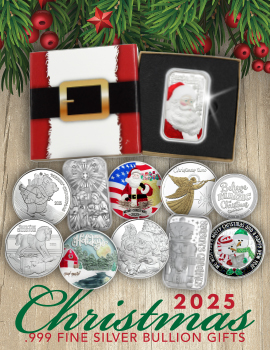
Back in the early 19th century, the United States Mint actively reused dies from year to year to conserve the steel in them. Some of the overpunched dies would vary, with two denominations back then being of similar size and an identical reverse design: the quarter eagle and the dime. Although rare in United States coinage, cross-denomination links are not unheard of, especially in the case of the next entry in the fourth edition of the 100 Greatest United States Coins Series from Whitman Publishing. Author Jeff Garrett will take us through what happened to make this early 1800s gold coin a rarity among its series and in numismatics overall.
#52 – 1804 “13 Stars” Capped Bust Quarter Eagle
We already know that the Mint repurposed old dies from one year to another, so the fact that the “13 Stars” quarter eagle is in existence makes sense. Because the quarter eagle and the ten-cent denomination were almost identical, the Mint would conveniently use the reverse die for both denominations. However, the reverse used for the 1804 “13 Stars” quarter eagle was used first on the 1802 quarter eagle. The Mint saved it until 1804 when it was used for the dimes and then used, yet again, for the 1804 quarter eagle.
Only eight or nine 1804 “13 Stars” quarter eagles are known to exist, making them the rarest early quarter eagle and one of the rarest federal coins produced, according to Garrett. They range from Very Fine to About Uncirculated condition.
In 1960, the value for this coin in an Extremely Fine condition was estimated at $2,500. By this fourth edition (2015), the same coin was valued at $275,000.







